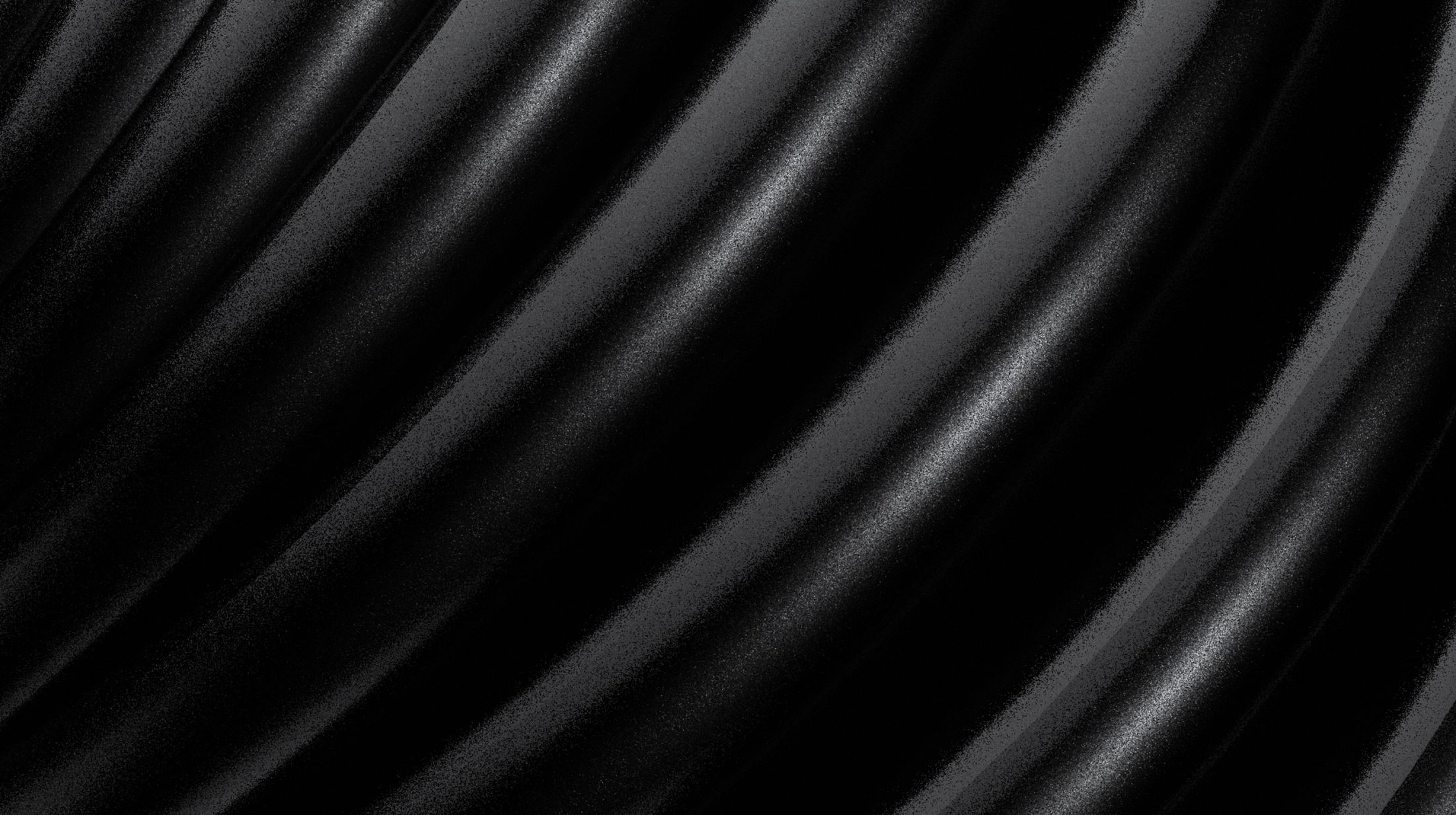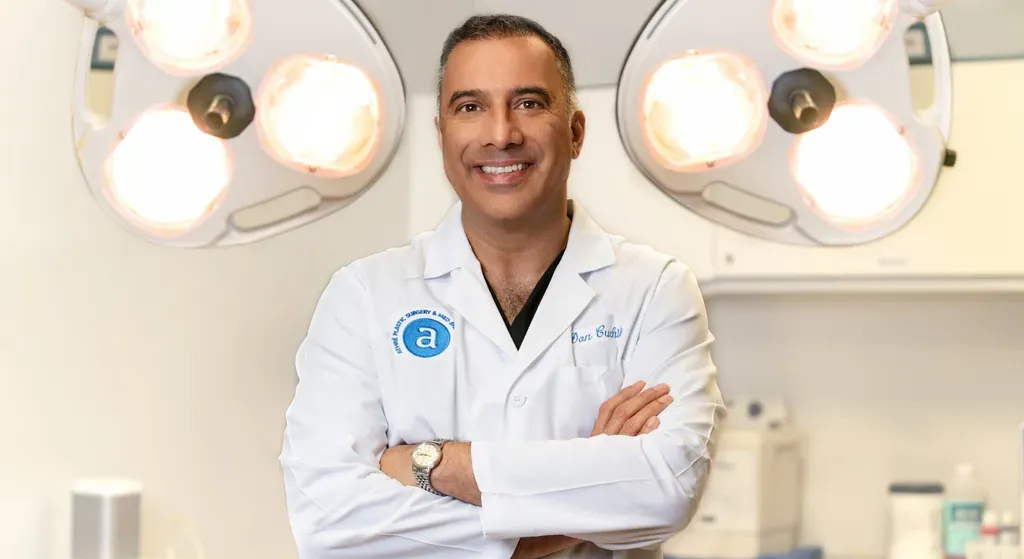Fat transfer is the transfer of fat and stromal cells from one part of the body to the face. The reasons to do an autologous (using your own fat) fat transfer procedure are:
- Volume replenishment (check out our video on why we lose volume)
- Increasing soft tissue volume
- Increasing growth of collagen
- Filling in scars
- Increasing hair growth
- Improving skin texture
What Is Fat Transfer?
Fat has probably been the oldest grafting material to reconstruct defects. Sir Harold Gillies experimented with fat grafting to reconstruct soldiers with traumatic injuries in World War 1. The results of the techniques used in these first procedures were not ideal. The harvested fat would scar, harden, and form granulomas (small lumps) leaving an irregular appearance. Also, the fat survival was not predictable.
The next jump in fat transfer technology was when liposuction was developed, from the 1960’s-1990’s. However, the fat grafted using traditional liposuction also resulted in granulomas, lumps, bumps, and irregular contours. And, only 75% of the injected fat survived long term. This technique fell out of favor due to the above disadvantages and the surplus of injectable fillers like Restylane™ (made by Galderma) and Juvederm™ (made by Allergan).
Dr. P. Tonnard and Dr. A. Verpaele in Belgium developed nanofat transfer in the early 2000’s. This is different from traditional fat transfer because:
- The harvested fat is not done via powered liposuction. It is harvested with only a hand-held vacuum.
- The fat is harvested with a 2 mm cannula (very small diameter). This makes the harvested fat particle size small.
- The fat is micronized. This means the particle size is made smaller.
- The fat is injected via tiny cannulas (< 25-27 gauge).
The advantages of this technique are:
- The injected fat is smooth
- NO granulomas
- No lumps and bumps
- >90% cell survival permanently
- Promotes collagen growth
This is the technique that Dr. Athré uses (of course with Athré modifications😊)
Injectable Fillers for Volume Replenishment
Injectable fillers for replenishment of volume have been around for more than 40 years. The first filler agents were Cosmoderm, Zyderm, and Zyplast. These filler agents were made of collagen and worked for approximately 1 month before dissolving.
The hyaluronic acid filler agents revolutionized the marketplace. At first there were only 1-2 different hyaluronic acid filler agents. With more research and development, dozens of filler agents with different duration of action and different thicknesses for different tissues have been developed.
Other filler agents that are not hyaluronic acid based exist. Examples of fillers in this category are Radiesse™, Artefill™, and Bellafill™.
All filler agents increase volume. Most filler agents dissolve. The hyaluronic acid fillers are supposed to be dissolved by the body completely. Radiesse consists of tiny beads of mineral components of bone blended in a carrier gel. The carrier gel of Radiesse dissolves very rapidly (2-3 months). The small fragments of bone cause an inflammatory reaction, stimulate collagen and increase volume. This increased volume should last for approximately 14 months. Artefill and Bellafil are permanent fillers. They essentially consist of small particles of super glue blended in a carrier gel. Like Radiesse the carrier gel dissolves rapidly, but the fine particles stay forever.
Why Is Fat Transfer Better than Fillers?
I admit that I originally used fillers more frequently than facial fat transfer. For the past 5 years, I have adopted fat transfer as a superior choice over filler agents. I like fat because:
- It is natural. It is your own body tissue so there will be no allergic reactions.
- It is permanent.
- There is no inflammatory reaction to the injection of fat.
- I can use as much of it as I want. A syringe (1 cc of filler) is about $700-800. In a typical fat transfer procedure I inject over 25 cc fat. If I injected 25 syringes of filler, that would cost around $20,000.
- The effect of fat is softer, more natural, less harsh.
Some Examples of Fat Transfer

Facial fat transfer to cheeks with face/neck lift

Fat transfer to hands

Fat transfer to lower eyelids with laser
Other Considerations with Facial Fat Transfer
We use fat transfer with face lifts quite often. Volume loss with aging is real. The facelift lifts the tissues and fat augments the volume loss.
Since most face lift patients have done fillers at some point in the past, we are noticing that not all of the filler dissolves. In patients with fillers in the past, the tissue planes are more scarred and more difficult to elevate than a patient who has never had fillers. I think this is because of the inflammation caused by the filler agent. This is not true when you inject fat.
Also, the actual solution that is injected has a high concentration of stem cells. These stem cells grow new collagen and stimulate collagen growth. So, you get the effect of adding volume and the effect of increasing the thickness of the soft tissues. This is also not seen with most fillers. The nanofat can even be microneedled into the face to get the collagen-building effects of microneedling along with the effects of YOUR OWN stem cells.
Conclusions
I feel that fat is superior to fillers for adding volume to the face in a soft, natural way without the inflammation caused by fillers. I have changed the “How I do it” from using fillers as a first line of treatment for volume loss to using fat. I like my results better, and patients also like the benefits in terms of longevity and results.
Written by: Raghu S. Athré, MD FACS | 7 Feb 2024
Raghu Athré, MD FACS is a double board certified facial plastic surgeon practicing in Houston Texas. He specializes in rhinoplasty and revision rhinoplasty surgery. His secondary practice emphasis is in facial rejuvenation surgery.



